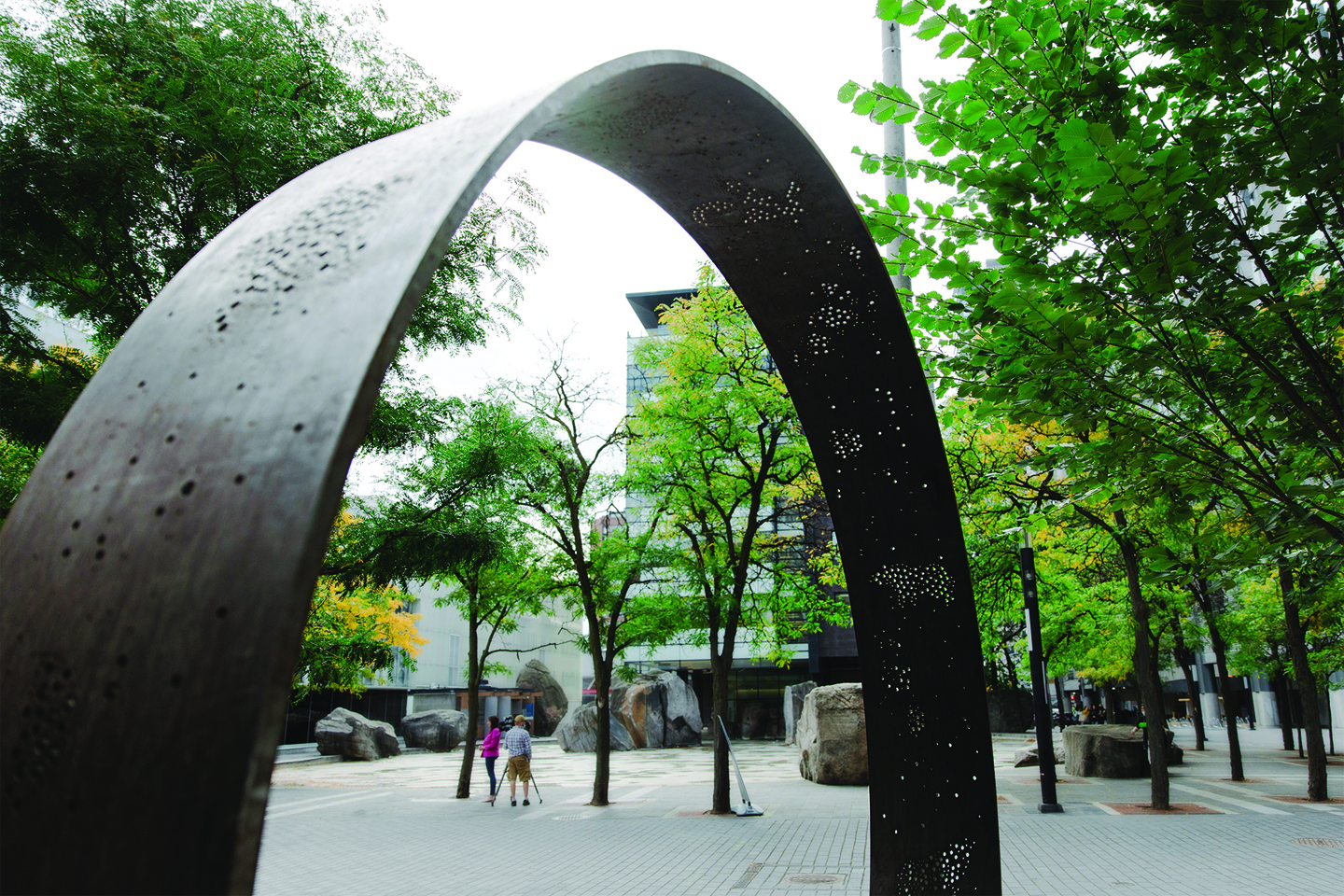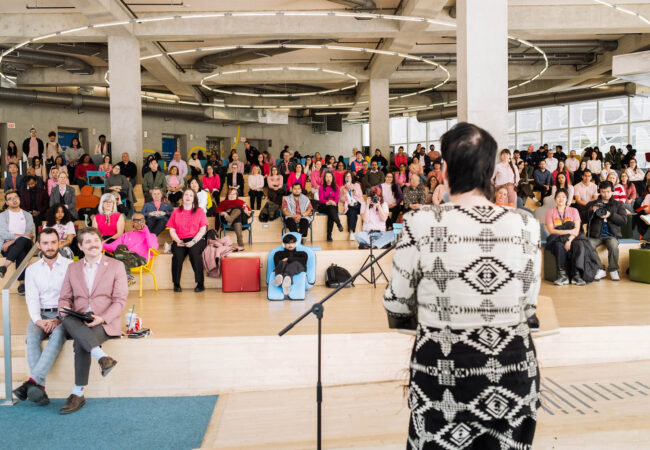Last September, the university unveiled a large-scale public artwork honouring the Dish With One Spoon Territory, the land on which the campus is built. Designed by Matthew Hickey and Jacqueline Daniel of Two Row Architect and manufactured by Mariani Metal Fabricators, the three-metre tall steel sculpture, colloquially known as the “Ring,” was installed on the east side of the Gould Street and Nelson Mandela Walk intersection. The new sculpture is the end result of a multi-year project that emerged from the thoughtful and ongoing work of the university’s Truth and Reconciliation Strategic Working Group in close collaboration with members of the university’s Indigenous communities.
“The university’s commitment to Truth and Reconciliation was apparent in their willingness to engage in a meaningful process of listening and learning with our Indigenous community, which provided vital guidance to the creation of this important work,” said Hickey. “We are very proud to have this public artwork placed on campus within Tkaronto [Toronto] as a reflection of the university’s understanding of the land on which we all stand.”
“In our traditional Indigenous teachings, everything is about intent and the right relationship with our world, so as we continue to navigate the challenges of the past year, I am grateful that we were able to bring this meaningful vision to life,” says Joanne Okimawininew Dallaire, elder (Ke Shay Hayo) and senior advisor, Indigenous Relations and Reconciliation, and co-chair of the Truth and Reconciliation Strategic Working Group.
The installation of the Ring on campus is one example of how the university is implementing recommendations from its 2018 Truth and Reconciliation Report, which includes the practice of acknowledging the traditional territory and presence of Indigenous Peoples on this land. Support for the Ring was made possible by the university and the Lindy Green Family Charitable Foundation.
The Ring Facts
- The Ring is made of Corten weathering steel, a material that is less processed and more likely to change with its environmental conditions. Its exterior has been left untreated deliberately, to allow the weathering process to continue.
- The Ring is oriented with the cardinal directions (north, south, east and west) so that the pathway through its opening faces east, representing creation and new beginnings; and west, representing knowledge and wisdom.
- First Nations communities have long referred to the Seven Grandparent teachings as a guide for their cultural foundation, human conduct and survival.
- The Ring’s graphics, made by small perforations, represent the Seven Grandparent teachings and their animal symbols: Humility, Courage, Honesty, Wisdom, Truth, Respect and Love.
- Two Row Architect is an Indigenous-owned and operated firm located on the Six Nations of the Grand River reserve. The firm is focused on guiding the realignment of mainstream ways of thinking to incorporate and value Indigenous ways of knowing, being, design and architecture.
7 grandfather teachings
Each animal symbol etched on the ring represents a teaching.
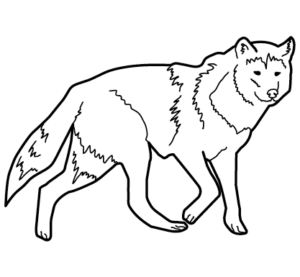
Wolf–Humility

Bear—Courage
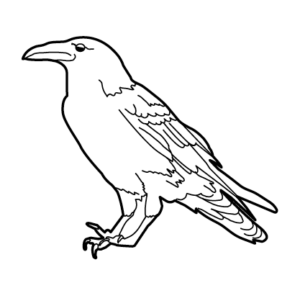
Raven—Honesty
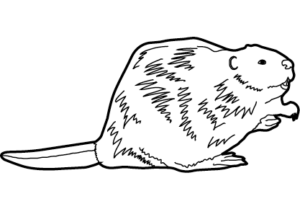
Beaver—Wisdom
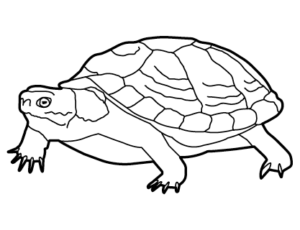
Turtle—Truth
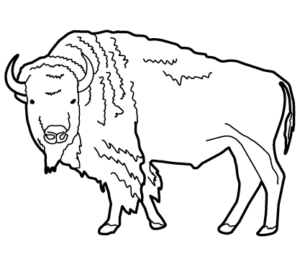
Buffalo—Respect

Eagle—Love


